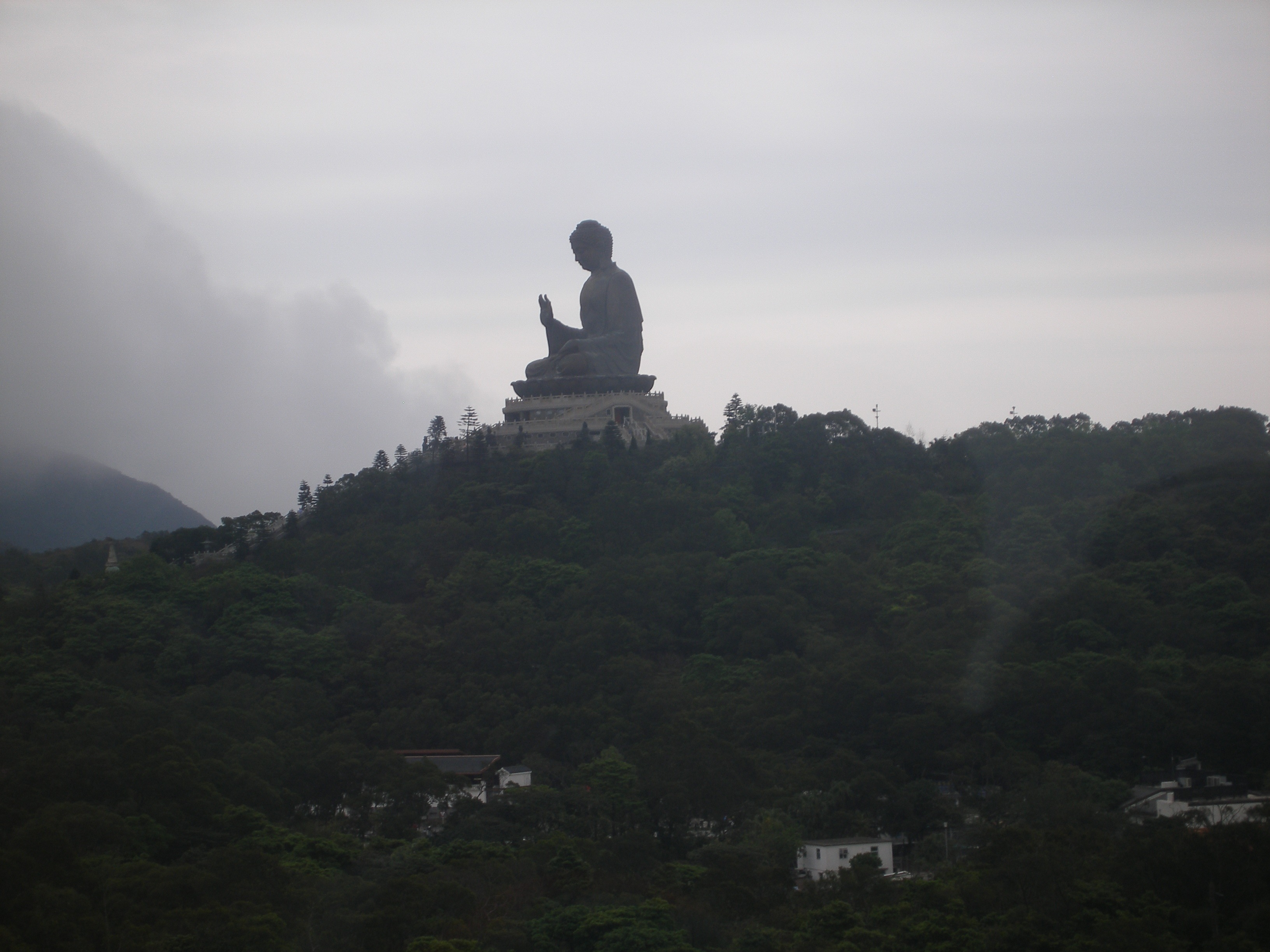
Many Wing Chun practitioners seem to be wrapped up in the question of who has the right technique, when in reality it is the understanding…...
This content is for Monthly Full Access members only.
Register
Register
Already a member? Log in here
27 December, 2014
Categories
- Articles
- BJJ
- Book
- Breathing
- Bruce Lee
- Catch Wrestling
- Chi Sao
- Chi Sao Competitions
- Chin Na
- Chinese Boxing
- Chinese Medicine
- Details 101 Series
- Eskrima
- Fights
- Force Flow
- Forms
- Gor Sao
- Gu Lao Wing Chun
- Hawkins Cheung
- Hendrik Santo
- Hong Kong 2020
- Inner Members Only
- Internal
- Interviews
- Kettlebells
- Kickboxing
- Magazine Cover
- Members Only
- Mentor Course
- Mind
- MMA
- Modules
- Momentum
- News
- Online training Products
- Perth Seminar Series
- Perth Seminars 2017
- Pole
- Private Lessons 2016
- Qi
- Robert Chu
- Sanda
- Seminars
- Seminars 2019
- Shuai Jiao
- Singapore Seminar 2018
- Singapore Seminar Series 2017
- Sparring
- Spear
- Strength and Conditioning
- Structure
- Tai Ji
- Thailand 2018
- Thailand 2019
- Thailand 2023 Internal and Combat Arts Summit
- Thailand Camp
- Thailand Camp 2015
- UK Seminar Tour 2017
- Uncategorized
- Updates
- Video Breakdown
- Weapons
- Wing Chun in Boxing
- Wing Chun in MMA
- Wing Chun Schools
- Wing Chun Trinity
- Wing Chun Video Q&As
- Wooden Dummy
- Wrestling
- Zen
Recent Posts
Recent Comments
- Michael Bark on CSL Gu Lao Wing Chun Major Points Set 2
- James Kirkcaldy on CK Second Form Application Drills 2
- Alan Orr on SNT First Form Part 1 First Section
- Daniel Ljungdell on SNT First Form Part 1 First Section
- Albert Wangsawijaya on Advance Hidden Skills of CSL Wing Chun 1
2 responses on "Eightfold Path"